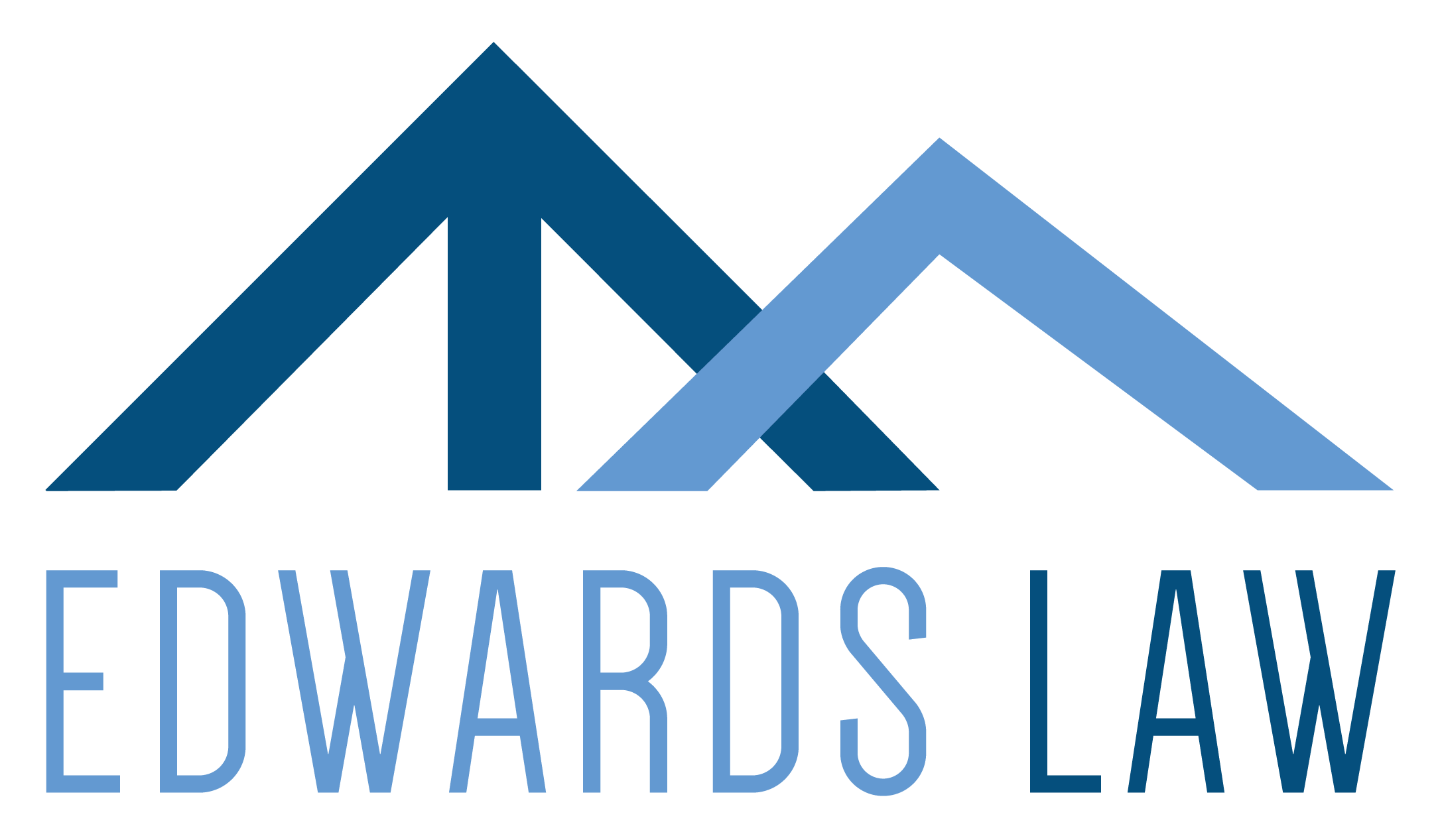
17 Feb A Non-Compete Agreement May Not Be Enough-Consider Using A Nondisclosure Agreement
Last week we discussed non-compete agreements, and why they are critical to protecting your company’s trade secrets and other propriety information, such as client lists, marketing plans, and pricing and discount structures. However, what if your business is located in or doing business in a state like California, where non-compete agreements are generally unenforceable? In these circumstances, your business will also need to invest in a solid non-disclosure agreement.
Nondisclosure agreements also protect your business if it shares, receives or exchanges confidential information with and from customers, suppliers and other parties in the ordinary course of business such as consulting engagements, service agreements, and strategic alliances.
Why put it in writing?
There are numerous reasons to enter into a written confidentiality agreement. They help your business avoid confusion over what the parties consider to be confidential and allow more flexibility in defining what is confidential. Also, it is always easier to enforce a written contract than an oral agreement, and they may even be required under “upstream” agreements with third parties such as a service provider’s customer agreement with subcontractors.
And as stated above, entering into a written nondisclosure agreement will maximizing you company’s protection of trade secrets, since, under state law, this protection can be weakened or lost (deemed waived) if disclosed without a written agreement. Having a written agreements can also be particularly useful in third party situations where your company is evaluating or engaging a business consultant that will have to disclose your business’s confidential information to enable the consultant to perform the assignment, or when your business is soliciting proposals from vendors, software developers or other service providers and your business may have to disclose pricing, strategies, personnel records, business methods, technical specifications and other confidential information.
What do you protect?
If your company is not sure what should be protected under your nondisclosure agreement, your company should consider the following questions: (1) is the information generally unknown or ascertainable outside of the owner’s organization and control? (2) does your company derive economic value or business advantage by having exclusive use of the information in question? (3) does your company make reasonable efforts to preserve its secrecy as to the information in question?
How do you protect it?
Although all confidentiality agreements have similar structures and the same key provisions, there is great variation in the structure and substance of these agreements. They should be tailored to the specific circumstances of each agreement.
First, consider whether you need a unilateral or a mutual nondisclosure agreements. Unilateral confidentiality agreements contemplate that only one of the parties will disclose confidential information to the other party; for example, where a consultant will have access to your company’s business information in the course of an engagement. In unilateral confidentiality agreements, the nondisclosure obligations and access and use restrictions will apply only to the party that is the recipient of confidential information. Conversely, mutual confidentiality agreements treat each party as both a discloser of its, and a recipient of the other party’s, confidential information. In these agreements, both parties are subject to identical nondisclosure obligations and access and use restrictions for information disclosed by the other party.
Second, your company will want to consider using a free-standing confidentiality agreement (also known as a nondisclosure agreement or NDA) or a clause or clauses in an agreement that covers a larger transaction. A free-standing confidentiality agreement is sometimes the only contractual arrangement that defines the parties’ relationship, and thus is often important where the parties need to exchange confidential information to request or prepare proposals for a larger transaction. Clauses in a bigger agreement however may be appropriate where they are being incorporated in a term sheet for certain kinds of deals, but your company will need to ensure all of the confidentiality provisions are binding, even if the other provisions are not. If the parties negotiate a term sheet after the signing of a confidentiality agreement, it is a good idea to refer to the executed confidentiality agreement in the term sheet.
Third, use strong provisions. Strong nondisclosure agreements typically include the following key provisions:
(1) The persons or entities that are parties to the agreement (including the parties’ affiliates sharing the confidential information);
(2) the business purpose of the agreement, to use as a basis for access and use restrictions in the agreement;
(3) the definition of confidential information, to avoid the agreement being later deemed unenforceable because of an overly broad definition;
(4) any safekeeping and security requirements to limit access to and use of the information (even within the recipient’s organization) and to require that confidential information be segregated in a “data room,” with a log of all internal access and third-party disclosures;
(5) the agreement’s term and the survival of nondisclosure obligations, which can run indefinitely, covering the parties’ disclosures of confidential information at any time, or can terminate on a certain date or event;
(6) any provisions relating to the return or destruction of confidential information, to ensure your company has rights to the return of its confidential information on termination of the confidentiality agreement or at any time on their request, or that the recipient has the option to destroy the confidential information where the recipient has combined its own confidential information with that of the discloser;
(7) an indemnification agreement/attorneys’ fee provision, holding the recipient responsible for all costs relating to the enforcement of the agreement, and entitling the disclosing party to injunctive relief to stop further disclosure of the confidential information, in addition to monetary damages and other remedies.
(8) governing law, jurisdiction and venue;
(9) a provision that the disclosing party retains any and all of its intellectual property rights in the confidential information that it discloses; and
(10) a disclaimer as to all warranties on the accuracy and completeness of its confidential information.
Edwards Law can help your company determine whether it needs a nondisclosure agreement, and if so, how it should be drafted and implemented. Call us today for a free consultation.


No Comments